Description
DSDO131 Контроллер ABB
CC – Link и другие. Каждый слот IO может быть выбран автономно в соответствии с потребностями клиента, а один модуль поддерживает до 16 каналов.
Технологии основаны на инновацияхDSDO131 Предоставление клиентам высококачественных и надежных продуктов всегда было постоянным стремлением к нулю.
Давайте посмотрим на его инновации и различия с предшественниками: с жидкокристаллическим дисплеем, вы можете увидеть параметры связи, состояние канала IO,
информацию о версии модуля и так далее; DSDO131 Отладка и обслуживание более интуитивно понятны; ABS огнестойкая пластиковая оболочка, небольшой размер,
легкий вес, с использованием совершенно новой пряжки монтажной карты, установка более прочная и надежная.
Implementation of communication between ABC industrial robot and PLC based on DeviceNet fieldbus technology
introduction
In modern production systems, industrial robots and PLCs need to communicate and collaborate to complete production tasks. That is, the
industrial robots output signals to the PLC, allowing the PLC to control related equipment to drive the robot”s front-end tools. This article
mainly analyzes the communication problems between ABB industrial robots and PLC based on DeviceNet fieldbus technology.
DeviceNet is a common network communication method in the field of automation. ABB industrial robots establish a network to communicate with
Siemens PLC based on the DeviceNet network.
1Configure DSQC652
There are mainly 5 types of standard I/0 boards commonly used in ABB industrial robots [2]. Except for the different addresses assigned to
them during setup, their configuration methods are basically the same. This article mainly analyzes the ABB standard I/0 board DS0C652, which
mainly builds communication modules based on the DeviceNet network. The DS0C652 board has a distributed I/O module with 16 digital input and 16
digital output interfaces. The board is installed in the ABB industrial robot control cabinet. First, define the specific operation steps of the DS0C652 board,
enter the teach pendant control panel, then enter the configuration menu (Figure 1), select the DeviceNetDevice menu, and add a template to enter Figure 2.
ABB standard I/0 board is hung on the DeviceNet
network, so the address of the module in the network must be set. The jumpers 6 to 12 of terminal x5 are used to determine the address of the module.
The available address range is 10 to 63. Modify the parameters in the template parameters to complete the DS0C652 board settings. Click the drop-down
menu to select the “Use value from template” row, select
“DS0C65224VDCI/0Device”, and then the parameters that need to be set include the address of the I/0 board in the bus.
Figure 1 Configuring DSQC652
2Configure signals and parameters
After completing the DS0C652 board setting, the I/0 signal setting will be performed. Setting the I/0 signal is the basis for establishing communication with
the PLC. The PLC communicates and transmits data with the ABB industrial robot through the I/0 signal and the DS0C652 board. As shown in Figure 3, in the
signal configuration interface, there are many default I/0 points after the system is established. Modification is not allowed. Click “Add” to add signals. When setting
input and output signals, their address range is 0~15. First, enter the signal menu in the configuration options to set the input and output types, and modify the corresponding parameters.
After completing the settings, the computer prompts that you need to restart the settings. If there are multiple signals that need to be defined and the waiting time
is long after restarting multiple times, you can click “Cancel” and wait for all signals to be defined before clicking the “Yes” button to restart. After the signal settings are
completed, click to select “Input and Output” in the ABB menu to check whether all signals have been set.
Figure 2 Configure DSQC652 parameters
Figure 3 Signal parameter settings
During the signal establishment process, attention should be paid to the DSoC652 port and PLC port addresses used, and the corresponding address table should be
established, as shown in Table 1. The robot interacts with the PLC through I/O signals. During the setting process, there must be no errors in the port and address number
of the PLC connected to the DSoC652. If the address is set incorrectly, the communication between the robot and the PLC will not work properly.
The entire robot teaching pendant setting process is shown in Figure 4.
Excitation system ABB module 3BHB013088R0001
Excitation system ABB module 3BHB013085R0001
Excitation system ABB module 3BHB012961R00015SGX2645L0002
Excitation system ABB module 3BHB010740R0001
Excitation system ABB module 3BHB010662R0250
Excitation system ABB module 3BHB010088R0001
Excitation system ABB module 3BHB010088R0001
Excitation system ABB module 3BHB007445P0001 POS.A6033
Excitation system ABB module 3BHB007211R0115
Excitation system ABB module 3BHB007209R0105
Excitation system ABB module 3BHB006715R0277 SYN5202-0277
Excitation system ABB module 3BHB006309R0001
Excitation system ABB module 3BHB005243R0106 KUC755AE106
Excitation system ABB module 3BHB005243R0105
Excitation system ABB module 3BHB005171R0101
Excitation system ABB module 3BHB005171R0101
Excitation system ABB module 3BHB004661R0101 KUC711AE101
Excitation system ABB module 3BHB004661R0101
Excitation system ABB module 3BHB003689
Excitation system ABB module 3BHB003688R0101
Excitation system ABB module 3BHB003688R0101
Excitation system ABB module 3BHB003688R0001
Excitation system ABB module 3BHB003688R0001
Excitation system ABB module 3BHB003431R0101
Excitation system ABB module 3BHB003431R0001
Excitation system ABB module 3BHB003387R0101
Excitation system ABB module 3BHB003149P104
Excitation system ABB module 3BHB003041R0101
Excitation system ABB module 3BHB002953R0108
Excitation system ABB module 3BHB002751R0106
Excitation system ABB module 3BHB002751R0102
Excitation system ABB module 3BHB001869R0100
Excitation system ABB module 3BHB000652R0001
Excitation system ABB module 3BHB000582P201
Excitation system ABB module 3BHB000272R0101
Excitation system ABB module 3BHB000272R0001
Excitation system ABB module 3BDM000201R1
Excitation system ABB module 3BDH000741R1 CTI 21-P Ex
Excitation system ABB module 3BDH000741R1
Excitation system ABB module 3BDH000741R1
Excitation system ABB module 3BDH000690R1
Excitation system ABB module 3BDH000530R1
Excitation system ABB module 3BDH000365R0001
Excitation system ABB module 3BDH000364R0002
Excitation system ABB module 3BDH000032R1
Excitation system ABB module 3BDH000022R1
Excitation system ABB module 3AUA0000110429
Excitation system ABB module 3AUA0000040000
Excitation system ABB module 3ASD999002B20
Excitation system ABB module 3ASD510001C20
Excitation system ABB module 3ASD510001C17
Excitation system ABB module 3ASD485500A111
Excitation system ABB module 3ASD399002B20
Excitation system ABB module 3ASD299001B2
Excitation system ABB module 3ASD273001-B5
Excitation system ABB module 3ASC25H705/-7
Excitation system ABB module 3ASC25H219B DATX133
Excitation system ABB module 3ASC25H216A DATX132
Excitation system ABB module 3ASC25H214 DATX130
Excitation system ABB module 3ASC25H209/DATX100
Excitation system ABB module 3ASC25H209 DATX110
Excitation system ABB module 3ASC25H208 DATX100
Excitation system ABB module 3ASC25H204/DAPU100
Excitation system ABB module 3ASC25H204 DAPU100
Excitation system ABB module 3ASC25H204 DAPU100
Excitation system ABB module 3ASC25H204
Excitation system ABB module 3ASC25H203/DAPC100
Excitation system ABB module 3ASC25H203
Excitation system ABB module 3AFE68300746
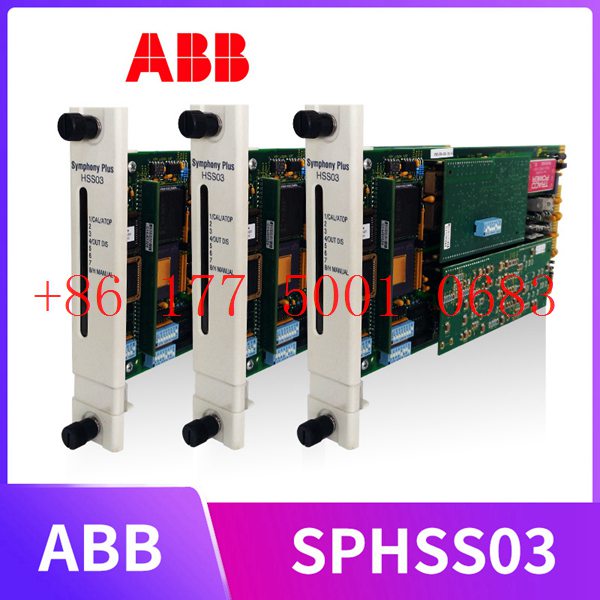
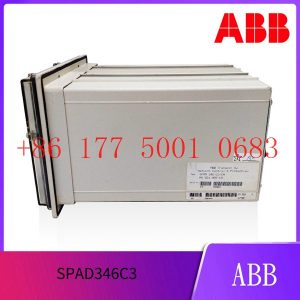
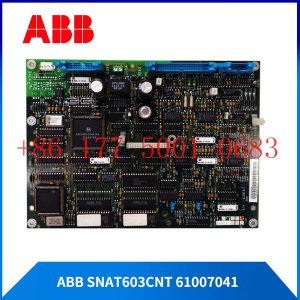
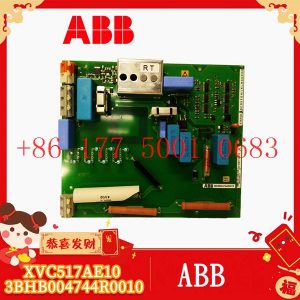
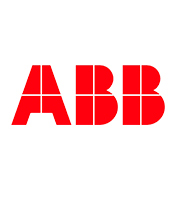



Reviews
There are no reviews yet.